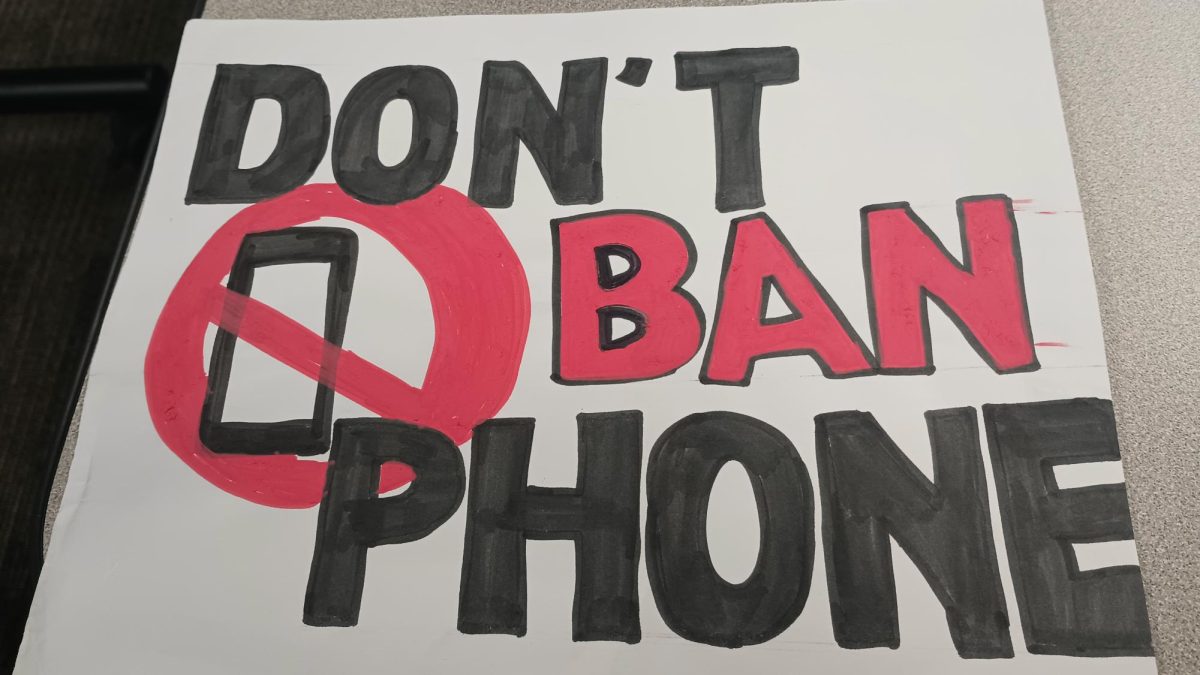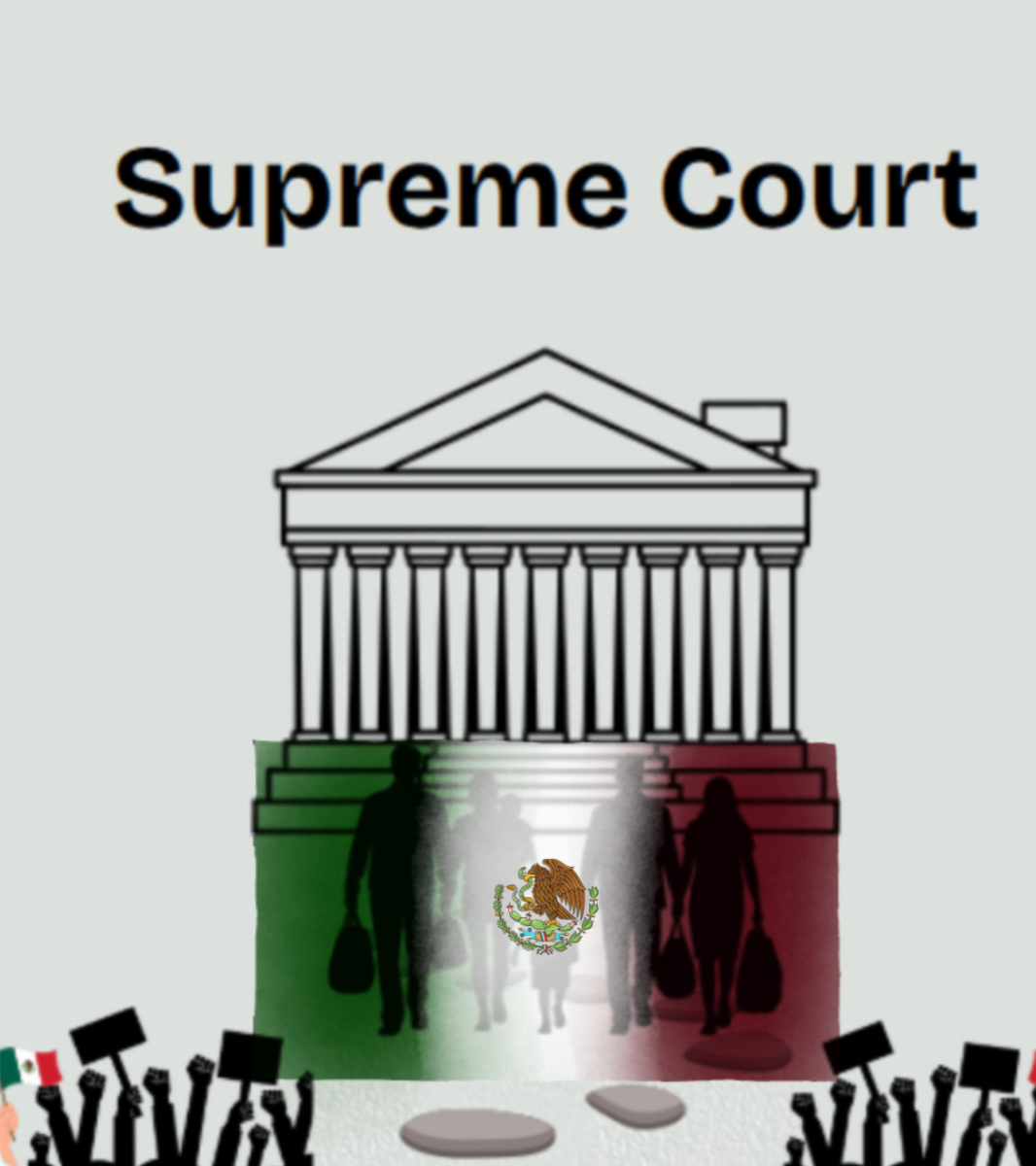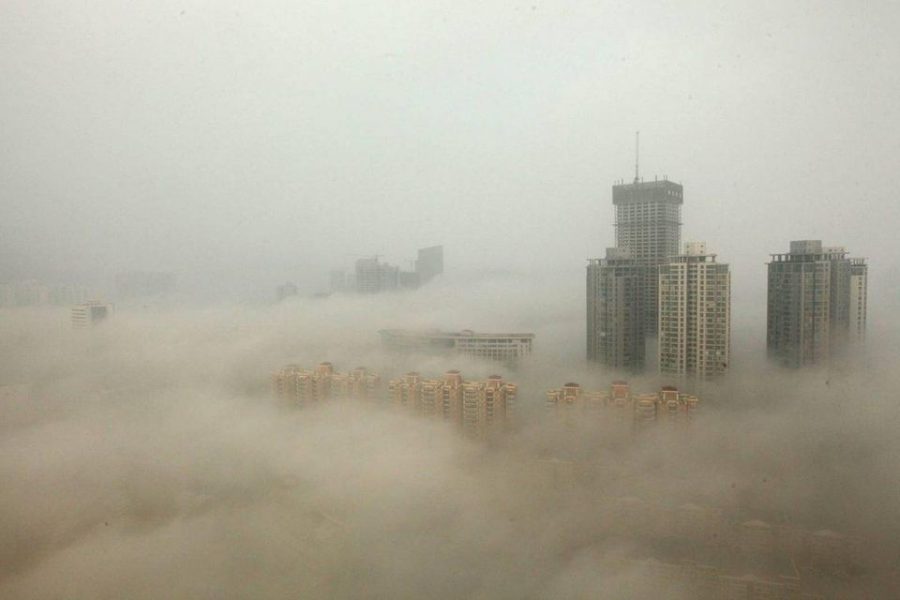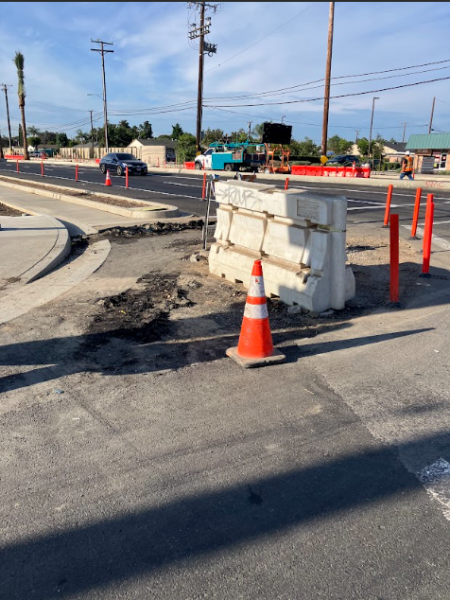Trump administration recalls anti-pollution laws
Recall in progress
Under Section 112 of the Clean Air Act, the EPA is required to regulate facilities that emit one or more of 189 hazardous air toxics like benzene, dioxin, and lead, which cause health problems such as cancer and birth defects. But last Thursday, The Trump administration announced that it’ll be removing the decades-old air emissions policy opposed by several big companies, a move that environmental groups say will result in rising temperatures and possible dooming global effects.
President Trump is directing the Environmental Protection Agency (EPA) to take numerous steps to ease companies’ and states’ compliance with a key air pollution program.
In a new presidential memorandum addressed to EPA Administrator Scott Pruitt, Trump is formally asking the EPA to endeavor to make decisions on company and state compliance by certain deadlines. The memorandum is meant to fulfill Trump’s and Pruitt’s promises to help manufacturers, power plants and other facilities. After speaking to ECO club advisor, Mr.You, on the topic at hand he stated, “If this is truly being taken away, we can expect that our children’s children won’t be able to step foot outside without some sort of mask.”
Due to the laws in place, facilities such as factories and chemical plants that have the potential to emit more than 10 tons of an individual toxic chemical or 25 tons of a combination of toxics into the air per year have to report to the EPA. According to the EPA, those that cross this line have to deploy the “maximum achievable control technology” (MACT) to reduce pollution as much as possible with the best hardware that’s available.
This could be the worst environmental sin yet from the Trump admin.
Allowing industrial facilities to spew more toxic pollutants like arsenic, mercury & lead into the air is like pouring sewage into our neighborhoods & pumping poisons into our bodies.https://t.co/HCwzRhcwjd
— Ed Markey (@SenMarkey) January 26, 2018
Trump also wants the EPA to prioritize taking into account factors that could increase air pollution and make it harder for states to comply with the National Ambient Air Quality Standards (NAAQS).
With the new EPA guidance memo, once a pollution source brought its air emissions below the threshold for a major source, it would be held to the standard for an “area source.” What this memo says is that this rating downgrade means that air pollution from some of these facilities would suddenly be completely unregulated.
The policy change seems to be a favor to mainly steel, paper, and chemical companies that have argued that major sources standard Section 112 is an expensive proposition that could put them out of business.
Some states and industries have argued that pollution that blows in from other countries and “exceptional events” like wildfires and dust storms should not be counted when determining air quality, since they are outside the states’ control.
If the EPA does follow through with the removal of this act, they can expect a wave of backlash. But regardless of the backlash, what does this mean for the environment? If this does go completely through, by 2020 one could expect fully melted glaciers, air pollution so bad that the air is unbreathable, and the dying off of natural plants. Although this removal benefits the economy due to the increased profits being made by unpoliced companies, the government would just have to put that money back into trying to clean up the mess being made. So, why not cut out the middleman and save the earth at the same time?

Fun Facts:
I have about 800 hours on Fallout.
I've been skateboarding since I was 7.
My favorite band is Cage the Elephant.





































